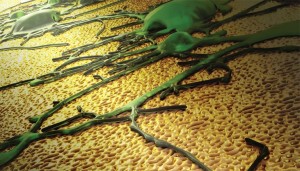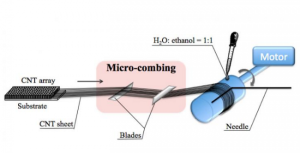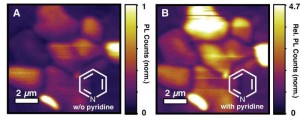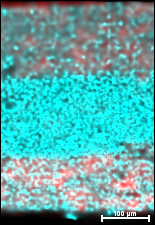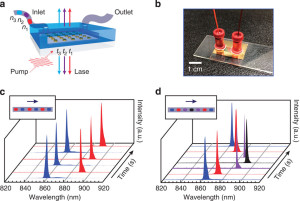
Each doll housed a phonograph that was activated by a crank on the doll’s back.
Image: John Reed/National Park Service
Beth Schademann, ECS Publications Specialist, recently came across an NPR article regarding one of ECS’s most famous members and his slightly terrifying, obscure invention.
We talk quite a bit about Thomas Edison here at ECS. Edison happens to be one of our earliest and most recognizable members, not to mention a prolific inventor and entrepreneur.
While Edison is most known for his inventions related to the light bulb and phonograph, he also created the world’s first talking doll back in 1890.
The dolls still exist, but it wasn’t possible to hear the recordings on their tiny phonographs until now. Although, we may have been better off if we never heard these creepy renditions of classic children’s songs.
Edison wasn’t trying to take over the doll market with these toys, he was instead attempting to market his new wax cylinder phonograph for people to use in their homes.
If you also find these recording a bit unsettling, you’re not alone—Edison himself even found them unpleasant. After the dolls flopped in the market due to their high price ($200 in today’s currency) and creepy nature, Edison stopped manufacturing them after only two months.
A curator from the Thomas Edison National Historical Park states that after the dolls went under, Edison refereed to them as his “little monsters.”
(more…)


